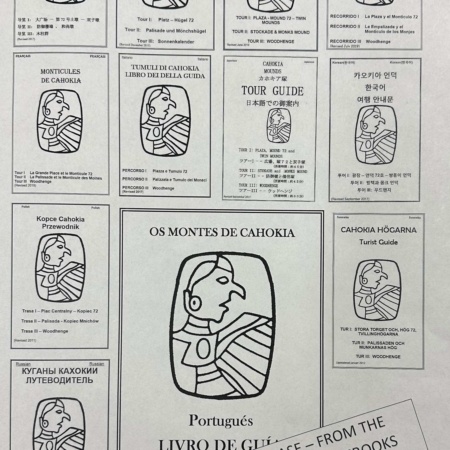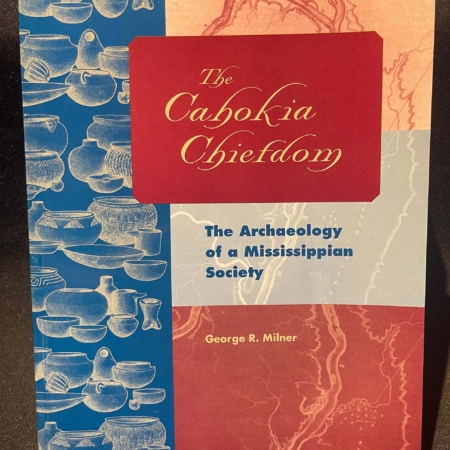Description
“This volume will become a standard reference for Southeastern archaeologists by filling a void in our knowledge of Mississippian domestic architecture.”—Paul Welch, Southern Illinois University Carbondale
“Although archaeologists have been recording houses for decades, with the exception of the flexed pole/rigid pole debate, there has been until now no real focus on what the structures mean or what they can tell us about prehistoric cultures. By emphasizing the importance of domestic architecture, this volume lays the groundwork for addressing this neglected subject in Eastern archaeology.”—David Hally, University of Georgia
Some of the most visible expressions of human culture are illustrated architecturally. Unfortunately for archaeologists, the architecture being studied is not always visible and must be inferred from soil inconsistencies or charred remains. This study deals with research into roughly a millennium of Native American architecture in the Southeast and includes research in the variation of construction techniques employed both above and below ground. Most of the architecture discussed is that of domestic houses with some emphasis on large public buildings and sweat lodges. The authors use an array of methods and techniques in examining native architecture including experimental archaeology, ethnohistory, ethnography, multi-variant analysis, structural engineering, and wood science technology. A major portion of the work, and probably the most important in terms of overall significance, is that it addresses the debate of early Mississippian houses and what they looked like above ground and the changes that occurred both before and after the arrival of Europeans.
ISBN: 978-0-8173-5459-6










